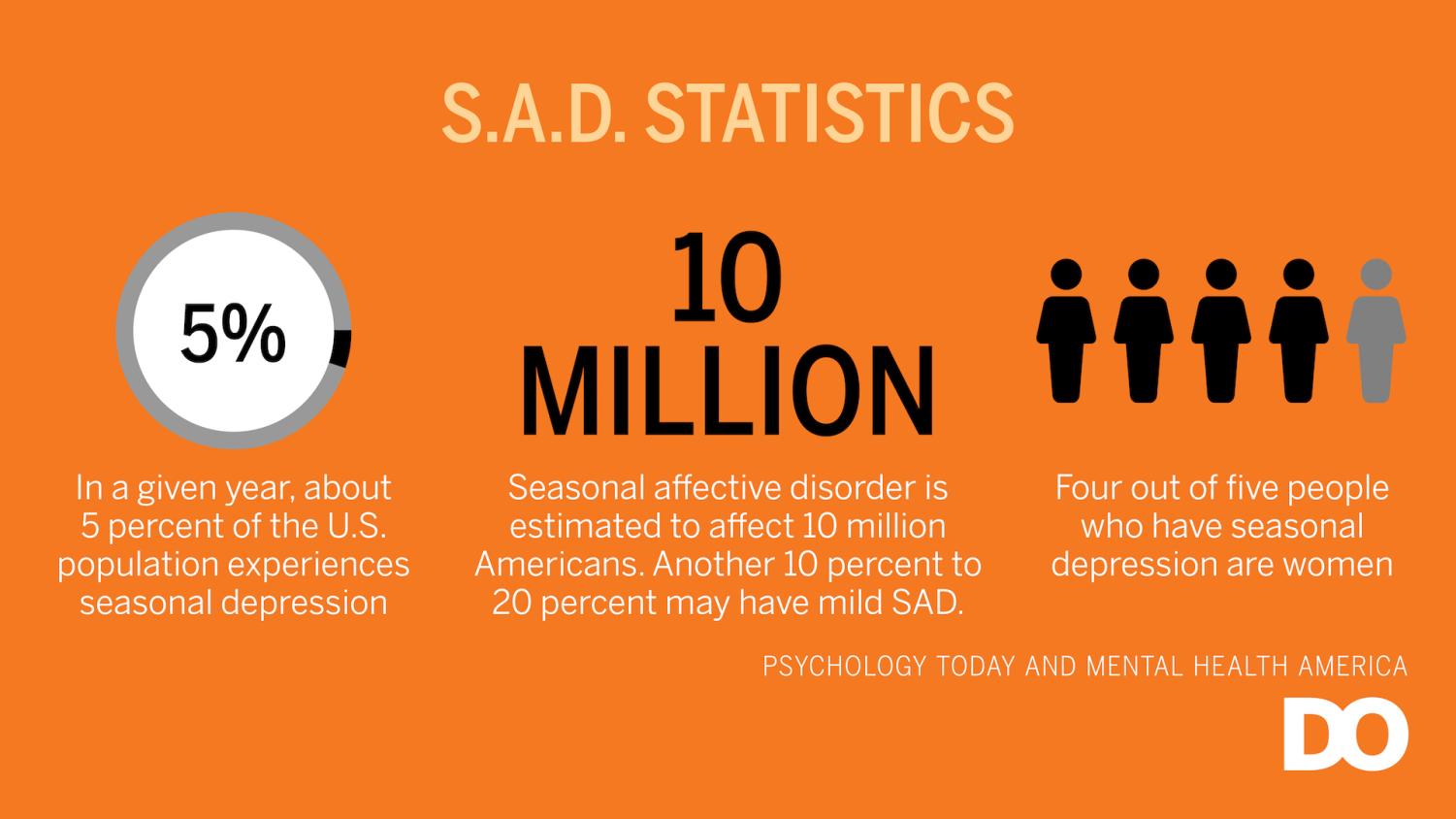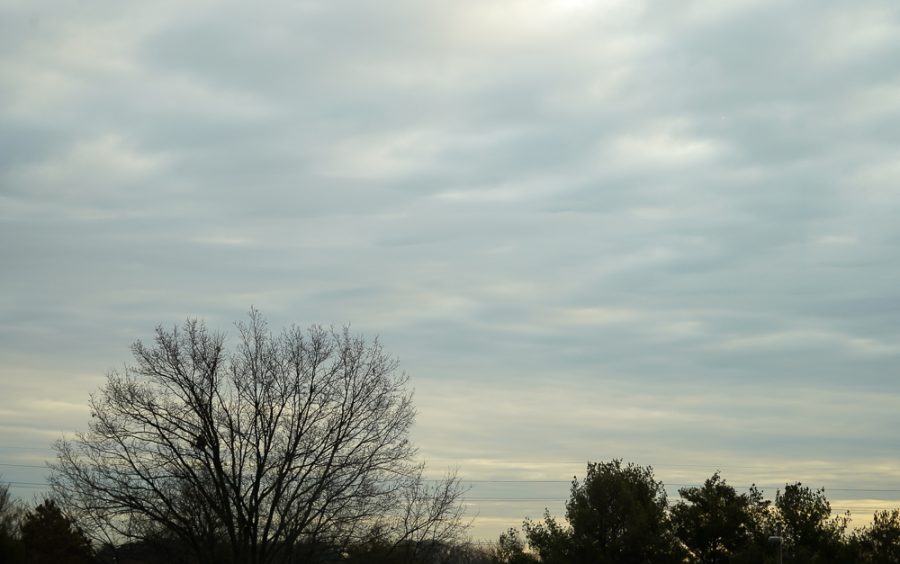The Cold Always Bothered Me Anyway
Seasonal Affective Disorder is more likely to occur during the fall and winter, and residents in cities like Pittsburgh can be particularly susceptible.
Gray, gloomy skies are typical of the Pittsburgh area during the winter.
January 20, 2022
In Pittsburgh, it seems like as the season changes, everybody’s mood swings. A common problem not just here, but all over the world is seasonal depression. Commonly known as SAD (Seasonal Affective Disorder), seasonal depression mainly occurs in the fall and winter when it becomes gloomy and cold outside.
As the days get shorter and the sky gets grayer, people’s moods can start to decline. Most do not know they have seasonal depression because it is easy to confuse it with lack of motivation from a long day.
People with seasonal depression tend to have a harder time doing things they typically enjoy doing during a specific season. Compared to other months, they will have depression symptoms.
According to, Dr. Lawson Bernstein, a UPMC psychiatrist, more than half a million people are diagnosed with SAD every year. Common symptoms of this type of depression include tiredness, a bad temper, crying, spontaneous breakdowns, mood swings, trouble focusing, overeating or drinking, and a lack of energy.
The city of Pittsburgh is no stranger to gray rainy days during the fall and winter, and it may affect many people’s mental health. Assistant Psychology professor at the University of Pittsburgh predicted that about 750,000 people in the Pittsburgh area suffer from SAD.
SAD is most common in environments that experience colder or darker climates. For instance, only about 1% of Florida residents experience seasonal depression. It is more common for people to experience seasonal depression when they live farther from the equator.
Some common causes of seasonal depression include lack of sunlight or vitamin D, low serotonin levels, or creating too much melatonin. Women are four times more likely to be diagnosed with SAD than men are.

Vitamin D, or the “sunshine” vitamin, helps absorb many supplements like calcium, magnesium, and phosphate, which ultimately keep the body happy. Being exposed to sunlight gives the body the vitamin D it needs in order to be happy. Therefore, seasonal depression most commonly occurs during the fall or winter.
Additionally, serotonin levels regulate a person’s mood. A common sign of a low serotonin level is depression, along with many other mental illnesses. Serotonin levels occur in the brain and regulate a person’s happiness, mood, and anxiety levels.
Another common cause of SAD is the overproduction of melatonin. Melatonin is a hormone gland which is often associated with the sleep and wake cycle. Therefore, creating too much melatonin can cause a person to oversleep, or to not be able to sleep at the appropriate times.
Treatments for this type of depression may vary depending on the person, but most find that light therapy, talk therapy, and medications help to reduce SAD symptoms.
Light therapy is the exposure to artificial light, which acts as sunlight from the outside, helping people who suffer from SAD during the fall or winter, when there is not as much sunlight.
Talk therapy helps with many mental illnesses, including SAD. It is a way for people to talk about their emotions and to figure out the right lifestyle in order to function better. It helps many understand certain emotions or feelings.
Some people find that going on medications such as antidepressants helps reduce their seasonal depression. Doctors must prescribe this medication if the patient needs it. There are many different antidepressants. Therefore, people usually have to try different kinds to see which one benefits them the most. Medication, along with different kinds of therapy, can be helpful with the reduction of symptoms caused by SAD.
As the year gets busier and things move indoors, some moods spiral downwards. However, SAD still can occur in the spring and summer as well. Regardless of when it occurs, it is important to be informed about the condition and to seek help if matters grow serious.












